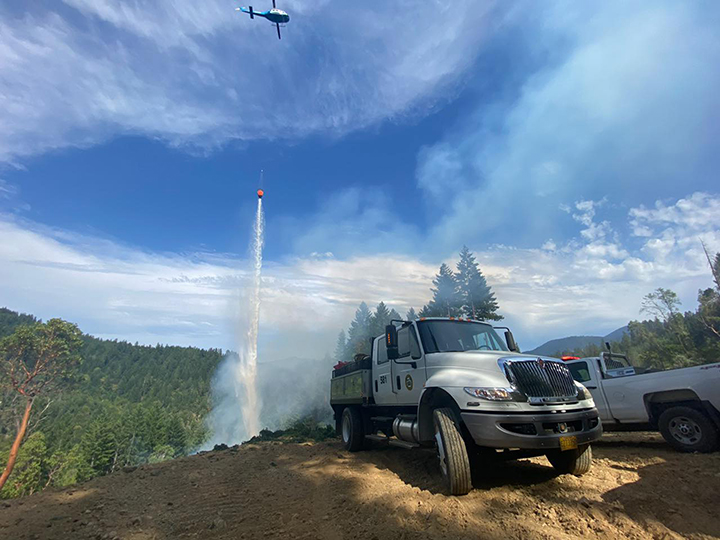OTHER VIEWS: Crucial crossroads for sage grouse habitat
Published 5:15 am Wednesday, May 29, 2024

- other views logo
Over two centuries ago, explorers Meriwether Lewis and William Clark provided one of the first written descriptions of greater sage grouse during their historic expedition, including in Oregon.
Once numbering in the millions, this bird has become a symbol of the wide-open sagebrush country that defines much of the American West. Today the sagebrush ecosystem brings water to our communities, contributes to local economies, supports over 350 species of conservation concern and provides unparalleled recreation for millions.
The sobering reality is that we face the potential loss of this keystone species. The decline of this native bird reflects the bigger challenge facing the West. Given our decades of working to manage this species, we strongly believe that we can turn the tide but doing so will require meaningful commitment.
Found in the high desert of Southeastern Oregon, the football-sized greater sage grouse is also located in 10 other western states and into portions of Canada. Significant habitat loss driven by severe drought, catastrophic wildfires that severely weaken the overall health of sagebrush country, and development pressures have taken a serious toll on not just the bird’s populations but other iconic species — like mule deer and pygmy rabbits — that depend on healthy sagebrush habitat.
The greater sage grouse’s future is deeply tied to habitat. Thus, they have served as a barometer that tells us how the sagebrush ecosystem is doing overall. In 2021, researchers found that greater sage grouse populations have dropped more than 80% range wide since 1965. In a separate scientific effort, published in 2022, 1.3 million acres of functioning sagebrush was determined to be lost every year.
Today, we have an important opportunity that we must meet head-on. The Bureau of Land Management is responsible for ensuring that public lands, where most sage grouse are found (including 10 million acres in Oregon), is sustainably managed. Because of the recent alarming trends revealed by respected scientists, the BLM is currently taking a close look at habitat management.
The BLM’s current efforts to update the sage grouse management blueprint are more crucial than ever. The review and amendment of the 2015 Resource Management Plans is timely.
While the intention of these plans were solid and crafted by a wide range of partners, they were never fully implemented and we continued to see declines. Now the BLM is looking to make sure management is effective given the changing habitat conditions and new science.
The BLM’s draft plan, built upon decades of research and partnership, offers a range of alternatives that promise sustainable management of these lands, balancing necessary human activities with the imperative to protect and restore sagebrush habitats.
We are at a critical juncture. Using the idea of prioritizing investments, some places should prioritize habitat restoration, while others should be protected using science-based conservation actions. This has been called “Protect the Core, Grow the Core” and is a smart approach to take going forward. The system is on the brink of collapse, but the science is solid and the time to act is now.
As BLM finalizes its review, we urge folks to submit public comments before June 13. We need people to tell BLM to be more protective, to identify sagebrush focal areas in Oregon with greater protection, to align with Oregon’s mitigation standards, and to offer fewer exceptions from the disturbance caps.
This is not merely a policy decision. It is a moral imperative to act swiftly and effectively.










